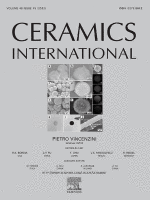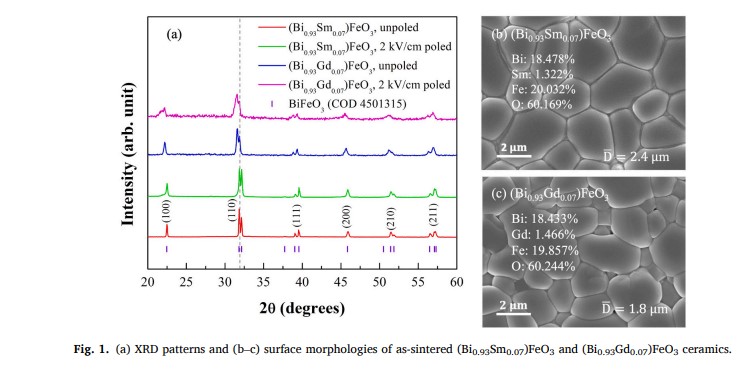Featured Scientist

Chi-Shun Tu
College of Science and Engineering
Chi-Shun Tu
Department of Physics, Fu Jen Catholic University, New Taipei City, 24205, Taiwan
Article published in
Ceramics International.Volume 48, Issue 15, 1 August 2022, 22083-22095
Polarization-sensitive UVA photodetector based on heterojunction of ITO and rare-earth doped bismuth ferrite ceramics
Ferroelectric photovoltaic materials have been subjected to intensive research in view of their applications for high-performance self-biased UV photodetectors. This work reports the ferroelectric polarization-enhanced near-UV (λ = 405 nm) and UVA (λ = 360 nm) photoresponse of the indium-tin-oxide (ITO)/(Bi0.93Sm0.07)FeO3/Pt and ITO/(Bi0.93Gd0.07)FeO3/Pt heterostructures. A superior photoresponse was observed in the ITO/(Bi0.93Gd0.07)FeO3/Pt device with photoresponsivity of ∼7.3×10−2A/W, specific detectivity of ∼2.5×1011Jones, and response times of �� ∼1 ms and �� ∼1 s under 360-nm light illumination. The photocurrent generation is facilitated by the interfacial E fields and ferroelectric polarization-induced E field. The improved photosensing ability is ascribed to the collective effect of the electric field-enhanced interaction between oxygen 2p and Fe 3d orbitals and the interconnection of grain boundaries and domain walls that plays roles of charge transport paths. (Bi0.93Gd0.07)FeO3 exhibited a more superior photoresponse than (Bi0.93Sm0.07)FeO3 due to its more complex domain structure, smaller bandgap, and stronger orbital hybridization. These results demonstrate the feasibility of utilizing the ferroelectric polarization and domain structure in (Bi0.93Gd0.07)FeO3 to enhance photodetection, thus providing a route for the realization of a highly sensitive and self-biased visible-UVA photodetector.[Link to this article...]

Keywords: Heterostructure Photoresponsivity Specific detectivity Photoconductive gain Response time Domain wall
19 views